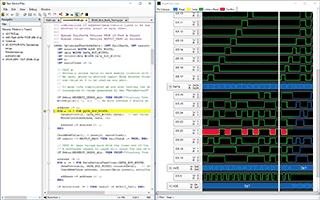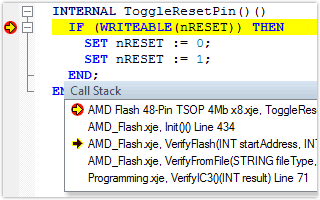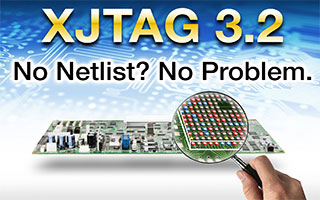XJEase Waveform Viewer in XJDeveloper
From XJTAG version 3.8, the XJEase debugger in XJDeveloper now comes with a Waveform View providing more information about the XJEase code being executed. The XJEase Waveform View is designed to show you what your tests actually did in a style similar to that of a logic analyser, however instead of the bottom axis representing [...]



